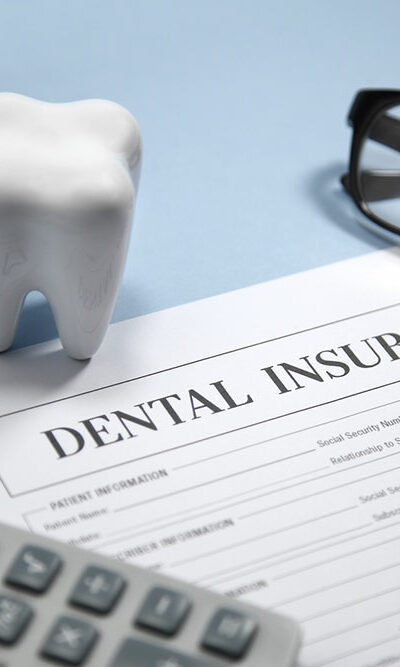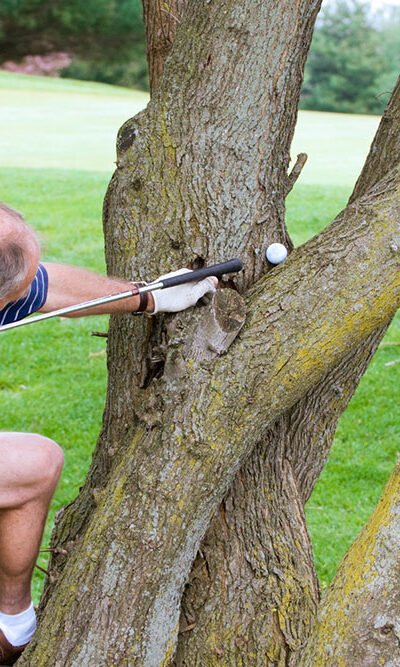
Top 7 banner design mistakes and how to avoid them
Using banners is an efficient way to promote a business and its offerings. The design of a banner can significantly influence how potential customers and clients perceive a company and its offerings, so it’s necessary to get it right. Elements such as visual appeal, presentation of information, and amount of information conveyed all play a key role. To help businesses improve their banner designs, here are some common mistakes to avoid. Incorrectly spelled words and typos Typos, misspellings, and grammar mistakes represent the rookie errors one could make while designing a banner. Typos leave a wrong impression on viewers, especially when they see it on a reputed site. Additionally, such mistakes can completely negate all the effort that copywriters, designers, publishers, and media teams put into conceptualizing, ideating, and creating a banner. Spelling mistakes also badly derail the messaging aspect of a banner. For instance, consider a situation where the term “mother’s destiny” on a healthcare-based product is misspelled as “mother’s density.” The audience will simply not get what the banner is trying to convey. Moreover, typos and grammar errors on a banner also make the viewing audience feel that the business does not care enough for its image in the public eye. If that is the case, it is perceived that the company would not care about its customer’s interests and grievances later too. To avoid this issue, creators must ensure that at least two or three copyeditors review their banner’s text. Irrelevant poor-quality images Visual content is usually a sure-shot way to engage audiences. Images and videos do more to catch hold of audiences’ attention than text-based content. A person’s eyes first land on the images on a banner. As it is integral to a banner’s success, poor-quality images (or irrelevant ones) can severely disappoint a viewer. Additionally, people would not bother to read the text on a banner if the image quality is inferior.










